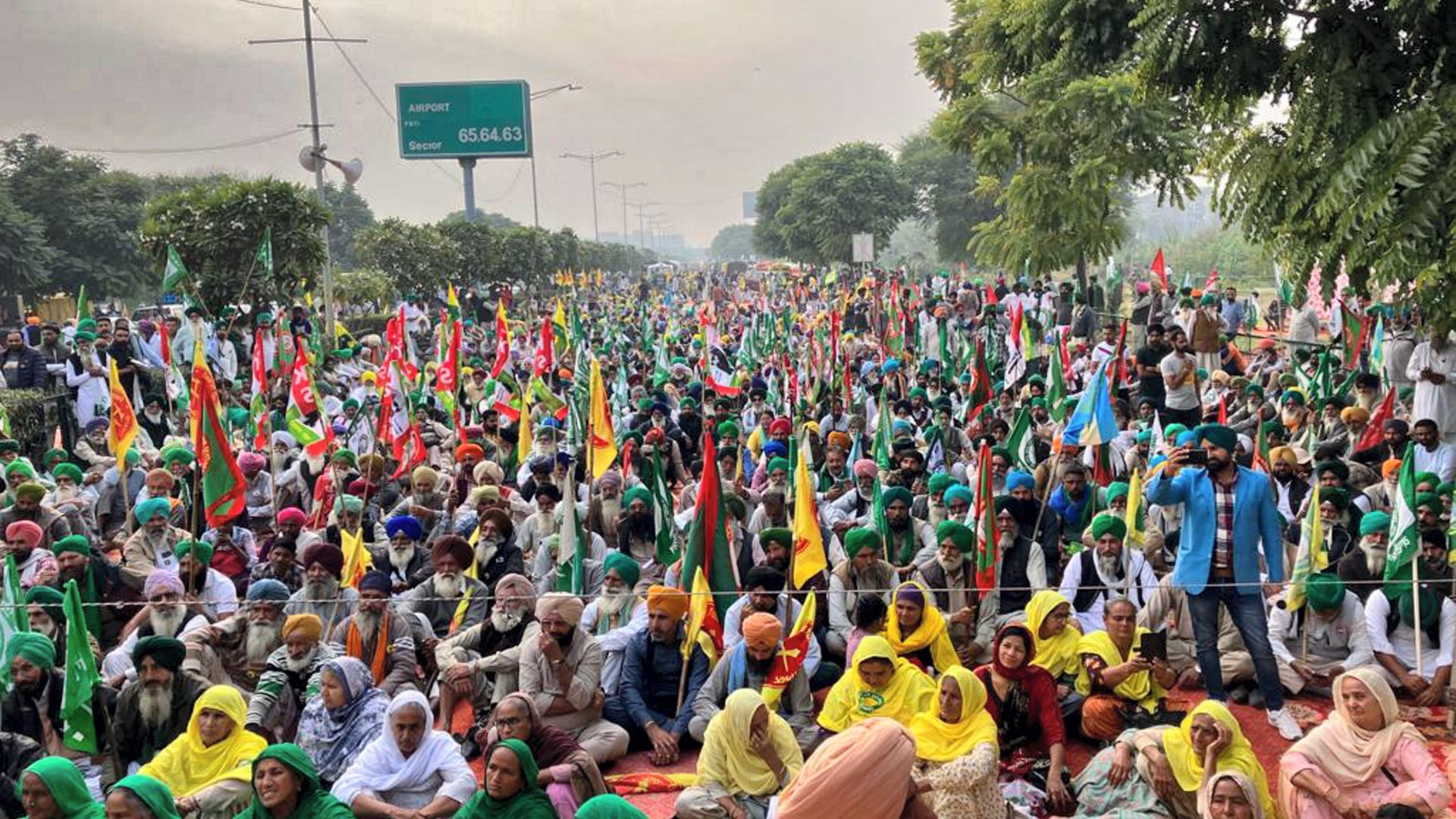Prime Minister Narendra Modi reaches Kaashi to file his nomination from Varanasi (also known as Benaras or Kashi) on Tuesday (May 14). PM Modi also shared on X about his relationship with Kashi. “My relationship with Kashi is amazing, inseparable, and incomparable… all I can say is that it cannot be expressed in words,” he said.
#WATCH | Prime Minister Narendra Modi offers prayers at the Kaal Bhairav Temple in Varanasi ahead of filing his nomination for #LokSabhaElections2024
PM is the sitting MP and BJP’s candidate from Varanasi. pic.twitter.com/wmizZPsqjk
— ANI (@ANI) May 14, 2024
History & Significance:
Prime Minister Narendra Modi offers prayers at the Kaal Bhairav Temple in Varanasi ahead of filing his nomination for #LokSabhaElections2024 pic.twitter.com/3DicpOcTsC
— ANI (@ANI) May 14, 2024
The sacred temples of Lord Shiva in Kashi, nestled within the Kashi Vishwanath Gali of Banaras, hold profound significance. Among them, the Kashi Vishwanath Temple stands out as one of the revered 12 Jyotirlingas, situated in the Indian state of Uttar Pradesh. It stands as a cornerstone of pilgrimage in India, drawing devotees from far and wide to pay homage to its presiding deity, Vishva Nath, on the revered banks of the Ganges.
Constructed during the reign of King Khashayaraja in the 12th century, this architectural marvel, also known as Vishweshwar Mahadeo, is believed to be the very abode of Lord Shiva himself. Over centuries, its allure has captivated visitors, adorning Varanasi with its vibrant colors, historic domes, bustling ashrams, and the intricate weaving of its small streets lined with shops showcasing the famed Banarasi silk sarees.
Delving into its archaeological and historical significance, the Kashi Vishwanath Temple shares a resemblance with the New Vishwanath Temple, both erected by the visionary Sri Madan Mohan Malaviya, founder of BHU, with marble as their cornerstone. Towering majestically at 253 feet, it stands as a testament to architectural grandeur, housing a seven-temple complex.
Within its hallowed walls, devotees encounter a divine ensemble, from the serene presence of Lord Shiva on the ground floor to the ethereal sanctums of Durga and Lakshmi Narayan on the first floor. Adorned with resplendent sculptures of Hindu deities, the temple echoes with reverence. Numerous smaller shrines pay homage to deities such as Kala Bhairava, Kartikeya, Avimukteshwra, Vishnu, Ganesa, Shani, Shiva, and Parvati, each adding to the spiritual ambiance.
Central to its mythological tapestry is the Jnana Vapi, or wisdom well, nestled within the temple precincts. Legend has it that during the Mughal invasion, the head priest safeguarded the sacred Jyotirlingas by immersing them within this well, sacrificing his life to protect the sanctity of the divine.
Echoing through history, the Kashi Vishwanath Temple, a bastion of devotion to Lord Shiva, has endured the ebb and flow of time. Initially overseen by the illustrious Maharani Ahilyabai Holkar of Indore in 1780, it passed through the annals of time under various custodians, including Dr. Vibhuti Narayan Singh and the Kashi Naresh, until 28 January 1983.
The temple’s origins trace back to the cosmic saga where Lord Shiva, in a celestial display of power, manifested a towering pillar of light to settle a divine dispute between Lord Vishnu and Lord Brahma. This mythological narrative, steeped in the eternal dance of gods, reverberates through the temple’s very stones, a testament to the enduring legacy of faith and devotion.
Through epochs marked by destruction and reconstruction, the Kashi Vishwanath Temple stands today as a beacon of spiritual resonance, inviting devotees to immerse themselves in the eternal embrace of Lord Shiva’s grace.




















